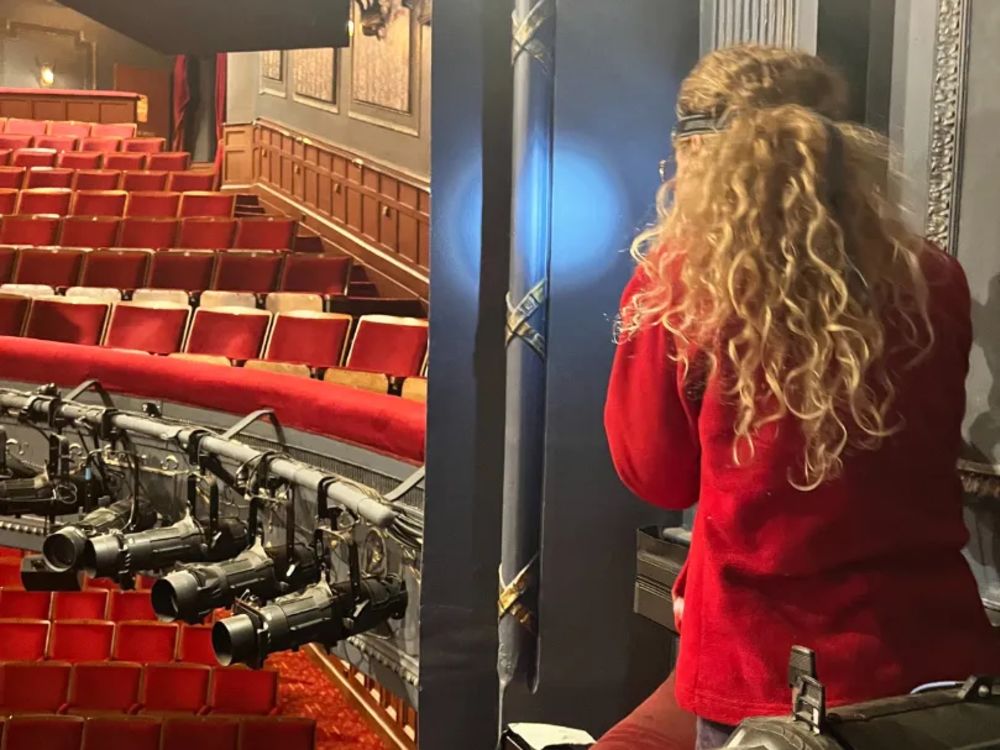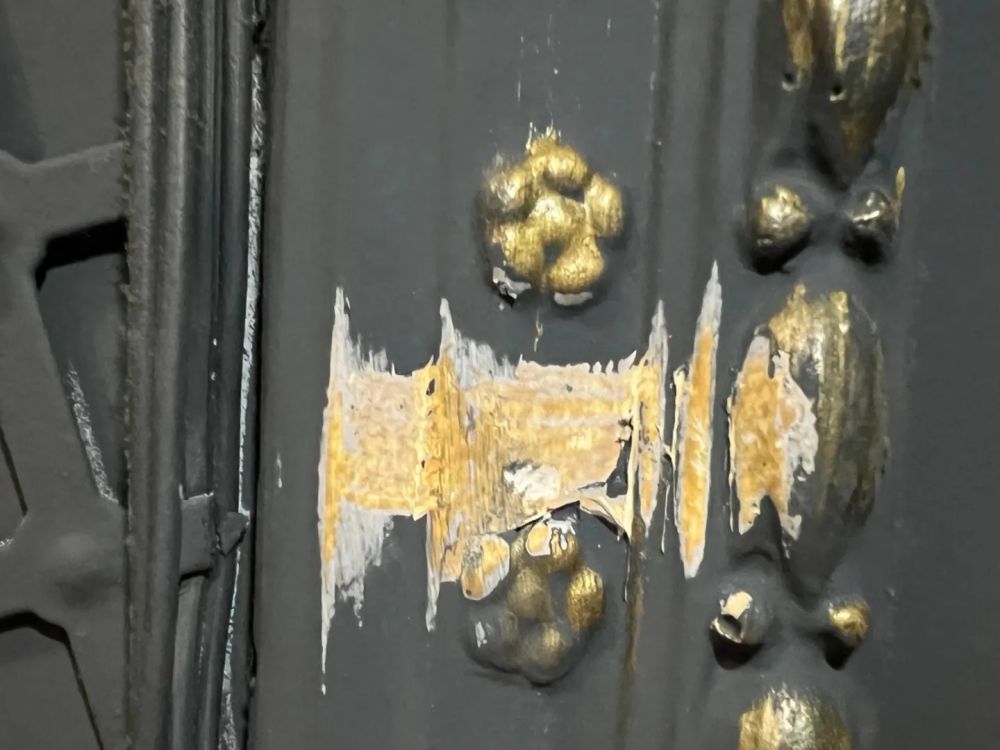Condition
Methodology
- Conservators removed paint layers through solvent application and mechanical scraping to uncover and sight each application of paint down to, and including, the plaster render, or wood substrate.
- Samples were embedded in clear casting resin to document the stratigraphy.
- Conservators colour matched the 1922 paint scheme with visual reference to the Munsell Colour Chart, and also determined the feasibility of removing acrylic paint layers introduced after 1989.
Treatment
Findings
ICS analysed 252 locations in the Princess Theatre to understand the 1922 decorative scheme. The oldest remaining colour scheme in the theatre was applied in 1922, and no paint schemes from the 19th-century theatre were identified. The major 1922 renovation appears to have entirely removed earlier decorative schemes.
In some locations, a paint scheme believed to be a 1930s refresh of the 1922 scheme was found immediately above the 1922 layer. The 1954 paint scheme, consisting of a sage green base with silver and gold highlights, was also identified across most samples.
After this, numerous acrylic layers were observed, including multiple occurrences of a black paint scheme adopted for various stagings of "The Phantom of the Opera."
The stratigraphy culminates in the current layer of dark blue acrylic paint (Raven's Plume blue) with gold highlights, which was adopted for "Harry Potter and the Cursed Child."
Outcome
The findings were used to verify and ultimately inform a reinstatement of the 1922 paint scheme to satisfy conditions of a Heritage Victoria Permit.
Undertaking paint scrapes in the Auditorium Box
Before treatment
Site of paint scrape
After treatment
.webp)
.webp)



.webp)

.webp)

